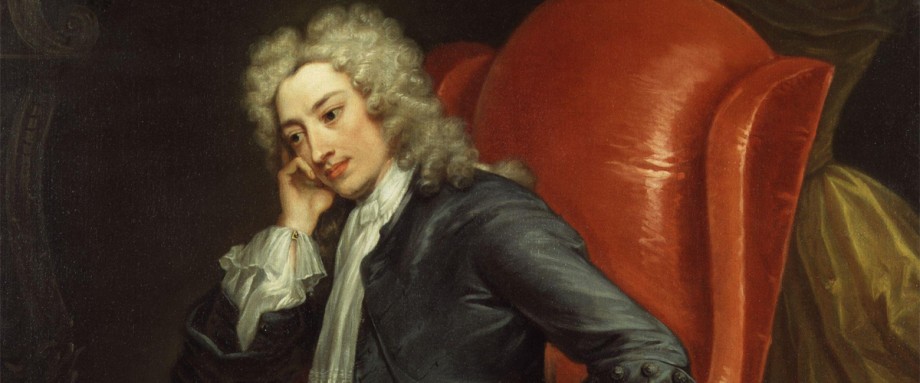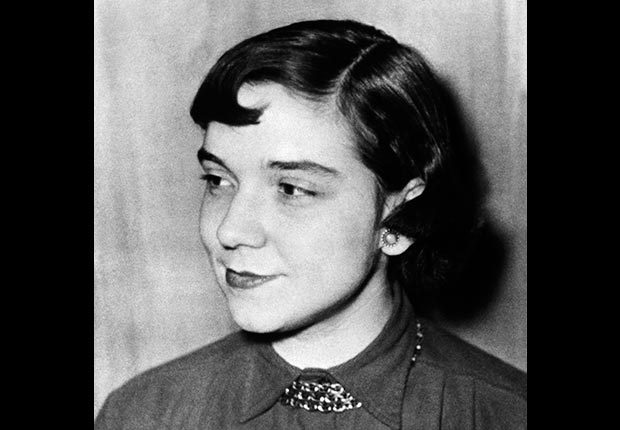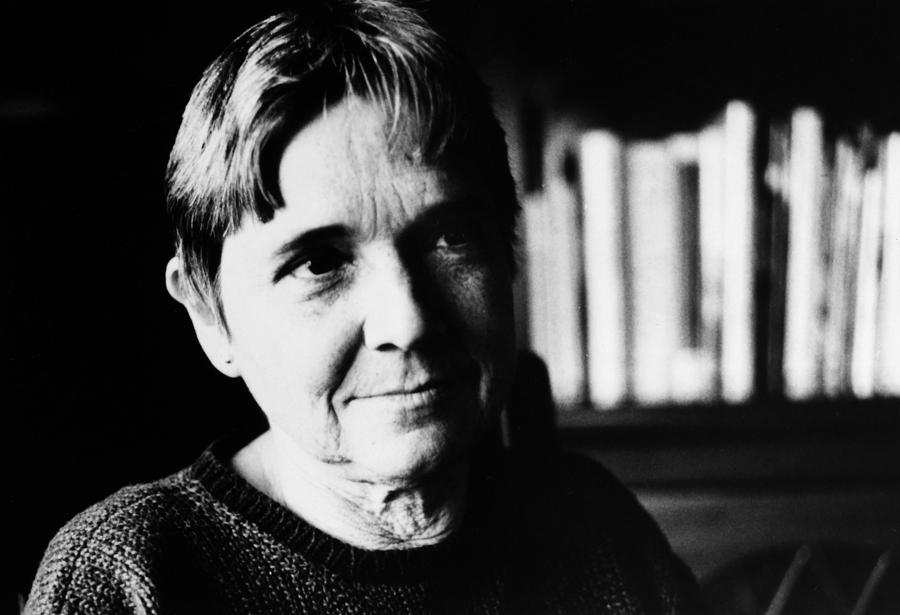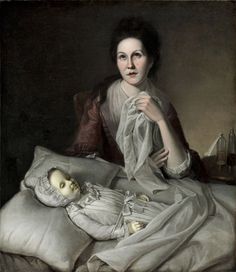Alongside being a great poet, Ramanujan carried on his scholarly work too. He wrote about identity and displacement, about the human heart and its framework, the body. He also wrote about work and play. One soon begins to believe that the poems written yesterday by him were written in one’s own language, and they were, in fact, written for the ones reading them. Self Portrait is a perfect example of his writing about ‘identity. Self Portrait by A.K. Ramanujan is a much simpler poem, yet it has a deep meaning. It is more of an introspective poem where the poet compares himself with everyone else and feels a loss of identity. This loss of identity is well supported by expressions like ‘I resemble everyone,’ ‘but myself, and sometimes see,’ and ‘the portrait of a stranger.’ This shows that his personal identity is vague and is not properly formed.
About the Poet:
Born on 16 March 1929 in Mysore, India, Attipate Krishnaswami Ramanujan was a well-known poet, folklorist, translator, linguist, scholar, playwright, and philologist. He earned degrees at the University of Mysore and Deccan College in Pune and a Ph.D. from Indiana University. He wrote in English as well as Kannada and has contributed to a wide range of disciplines. A.K. Ramanujan Book Award for Translation is awarded by the South Asia Council of the Association for Asian Studies to honor his immense contributions to the field. His famous works include Is There an Indian Way of Thinking, A Flowering Tree, Second Sight, and a lot more. He died on 13 July 1993.
Self Portrait: Poetic Devices
Poetic Devices are tools used to create a poem more rhythmic, enhance a poem’s meaning, or intensify a mood or a feeling.
A list of poetic devices used in the poem are:
Alliteration:
It is probably one of the most useful poetic devices when analyzing or writing poetry.
‘sometimes see’
Imagery:
It is used to present things in such a way that they appeal directly to our senses.
‘and sometimes see.’
‘despite the well-known laws
of optics,
the portrait of a stranger,’
‘often signed in a corner.’
Metaphor:
It is used to draw some comparisons among things that are alike.
‘I resemble everyone
but myself’
Poem’s Style:
I resemble everyone (a)
but myself, and sometimes see(b)
in shop windows (c)
despite the well-known laws (d)
of optics, (e)
the portrait of a stranger, (f)
date unknown, (g)
often signed in a corner (h)
by my father. (i)
The poem lacks any rhyme scheme to keep the content simple and make it easy to comprehend for the readers.
He keeps the text plain and precise because he believes in ‘making a long story short.’
Self Portrait: Summary
The poem ‘Self Portrait’ is basically about identity, the identity of a son to his father. In the first line itself, the poet feels that he resembles everyone in this world, including those he knows, the ones he does not know, the ones he wants to be compared with, and the ones he does not want himself to be compared. He only sees others in himself.
The poet lacks his own individuality, which is clear from the line which states, ‘I resemble everyone,’ ‘but myself.’His own identity seems to be faded or lost somewhere. Ramanujan’s self seems temporary to himself, just as temporary as his portrait is. The expression ‘sometimes see’ clearly shows the poet’s hesitation in creating his own identity. He is afraid of creating his own identity in this world. It seems as if his self becomes irrelevant to him.
One tends to see their own reflection in a mirror which gets multiplied as we walk or look past many mirrors. Here, the poet walks past various shop windows, but in spite of seeing his own reflection, he rather sees a portrait of a stranger. He tries hard to recognize the one being portrayed but fails in his attempt to do so. The stranger neither looks like him nor his father nor any of his ancestors. This is all because of the fact that the circumstances were tricking him such that the lack of focus on his own life was being reflected in the mirrors of the windows. He actually suffers an identity crisis that even his reflection lacks an identity. Even the well-known laws of optics could not be put into action. He is just not able to relate to that reflection. The reflection in the mirror resembles everyone else except himself. A series of questions starts to strike his mind so much that he starts questioning his own personality. He seems to be in a constant dilemma. The events of his past as well as the present events, force him to think! Think of his individuality!
On taking a closer yet questioning look at the portrait, the poet finds that it lacks a date. Generally, the artist signed a portrait to know the time and period of its creation. But this portrait of a stranger lacked a date! This further added up to the poet’s confusion.
The most surprising thing was that the portrait had his father’s signature. The poet’s father signed aA corner of the portrait, which was a perfect contrast to the fact that the portrait actually resembled none in his family. So now the question arose of who did his father try to portray in that picture. Was it the portrait of the poet or anyone else? Why was it not signed? What did his father try to convey? The answer to all these questions is a quest for identity!
Self Portrait: Analysis
A.K. Ramanujan was born and brought up in a Hindu family and was later sent abroad. His ‘self’ was formed by numerous events from the past and that of the present. The poem ‘Self Portrait’ is actually thought to be the one in his own identity formation supported by an easy characterization escape. The Indian, as well as the Western styles, influenced Ramanujan’s poetry. Both these styles co-exist in this poem. The portrait reminds him of the memory of his past and how he gave away his family heritage when he went abroad. A complete sense of all those years comes right into his mind. Ramanujan perfectly states that in today’s world, it is easier to resemble everyone but oneself. People seem to have become alienated from their own identity and make every possible effort to become like every other person on this earth. They tend to forget their origin, but they forget that one grows, develops, and succeeds only from the seeds of the past and that we must not forget our roots. This identity crisis is what most of us suffer from. The fact that the portrait is signed but not dated is because there is no boundary of time in his own self. Also, the portrait is signed specially by his father because of the view that one wishes to be like his father when he grows up and that a son resembles more with his father. This shows that his identity is muddled but not his genealogy. This poem is an effort by Ramanujan to perfectly blend the present and past, coming together in such a way that a complete sense can be made. The poem is neither tradition-oriented nor a product of modernization and Westernization. The poet tries to bring a cultural adjustment in such a manner that none surpasses the other. It seems like Ramanujan himself was in search of his roots.
Self Portrait: Central Idea
The central idea of the poem is the need to create our own identity. The poet well describes the fact that in today’s modern world, we are suffering from an identity crisis. We are more concerned about copying others. We tend to forget the fact that each one of us has a unique personality, and we must make adequate efforts to groom our own personality. The quest for creating our individuality is a must. But while creating a perfect image of ourselves, we should never forget where we started. A perfect balance must be made between where we started from and where we all are today. The fact cannot be denied that our past is responsible for creating our present, so it must be taken care of. We must learn from our past while considering our present so that a perfect identity of ourselves can be created.
Self Portrait: Tone
The tone of the poem is melancholic. The inability of the poet to find his own identity makes him sad. Despite the fact that the poet is looking at himself in the mirror, he sees the reflection of someone completely unknown to him. This raises many questions in his mind, some of which he is unable to answer. A dilemma of thoughts blurs his mind.
This poem is an attempt to search for an identity with peace by keeping pace with modern culture and the demands of modern life without compromising or forgetting the roots of the past. We must try to be ourselves. Our reflection should perfectly resemble us. We must try and become like our parents if we wish to and not like every other person in this world. Things are more clear from his quote, which states, ‘You want self-knowledge? You should come to America just as the Mahatma had to go to jail and sit behind bars to write his autobiography. Or Nehru had to go to England to discover India. Things are clear only when looked at from a distance.’ It means that the ones who have an identity must have worked for it and that they look happy only because their job is done.
Updated by AnjaliRoongta on 29th April 2023
Some online learning platforms provide certifications, while others are designed to simply grow your skills in your personal and professional life. Including Masterclass and Coursera, here are our recommendations for the best online learning platforms you can sign up for today.
The 7 Best Online Learning Platforms of 2022
- Best Overall: Coursera
- Best for Niche Topics: Udemy
- Best for Creative Fields: Skillshare
- Best for Celebrity Lessons: MasterClass
- Best for STEM: EdX
- Best for Career Building: Udacity
- Best for Data Learning: Pluralsight













